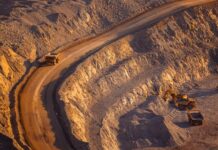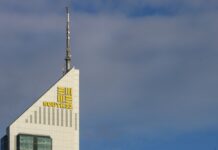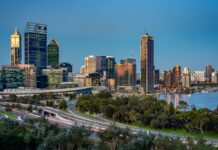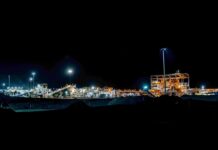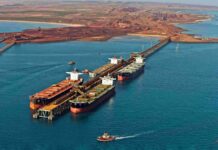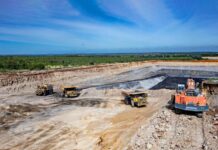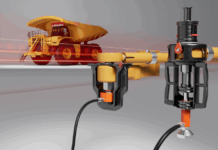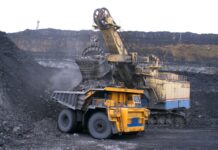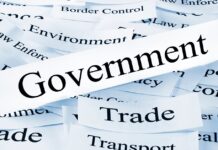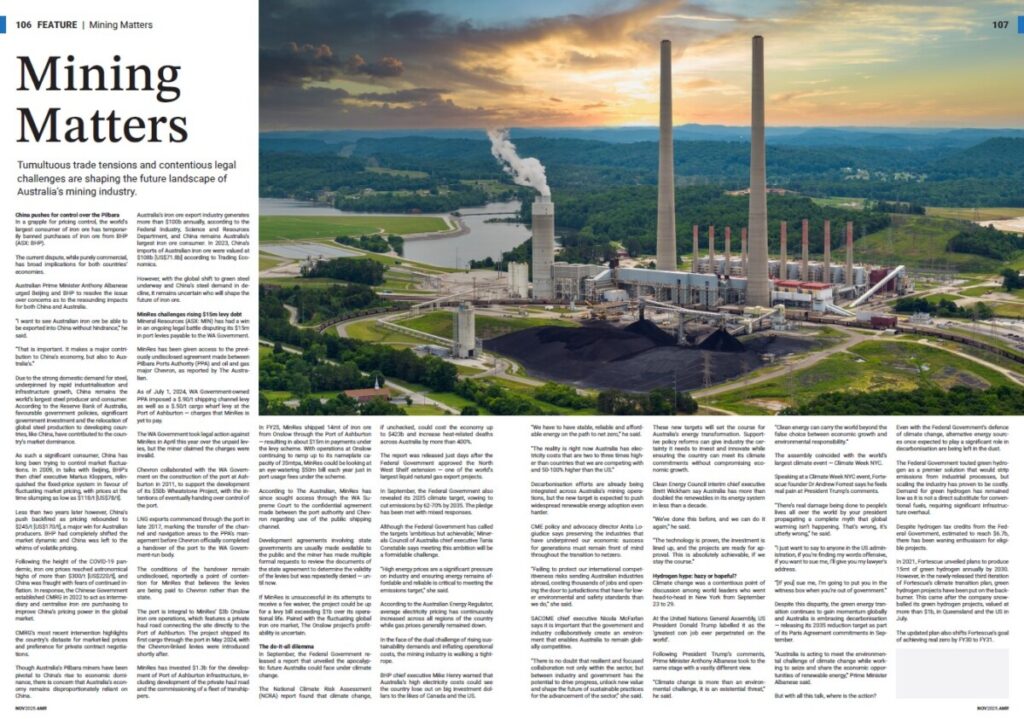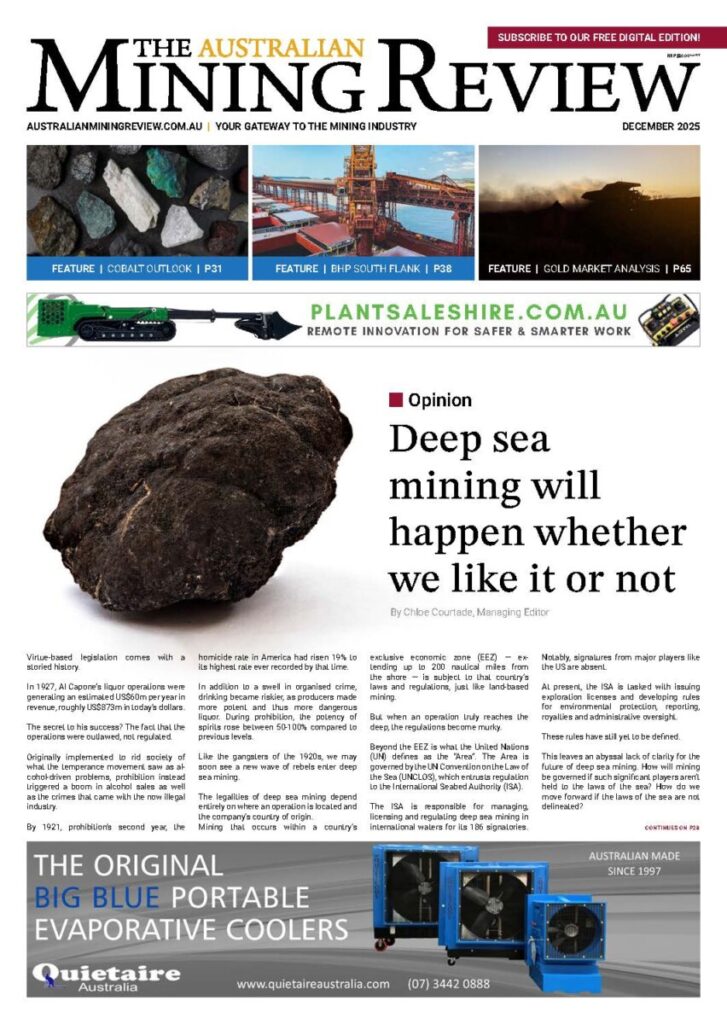Mining Matters
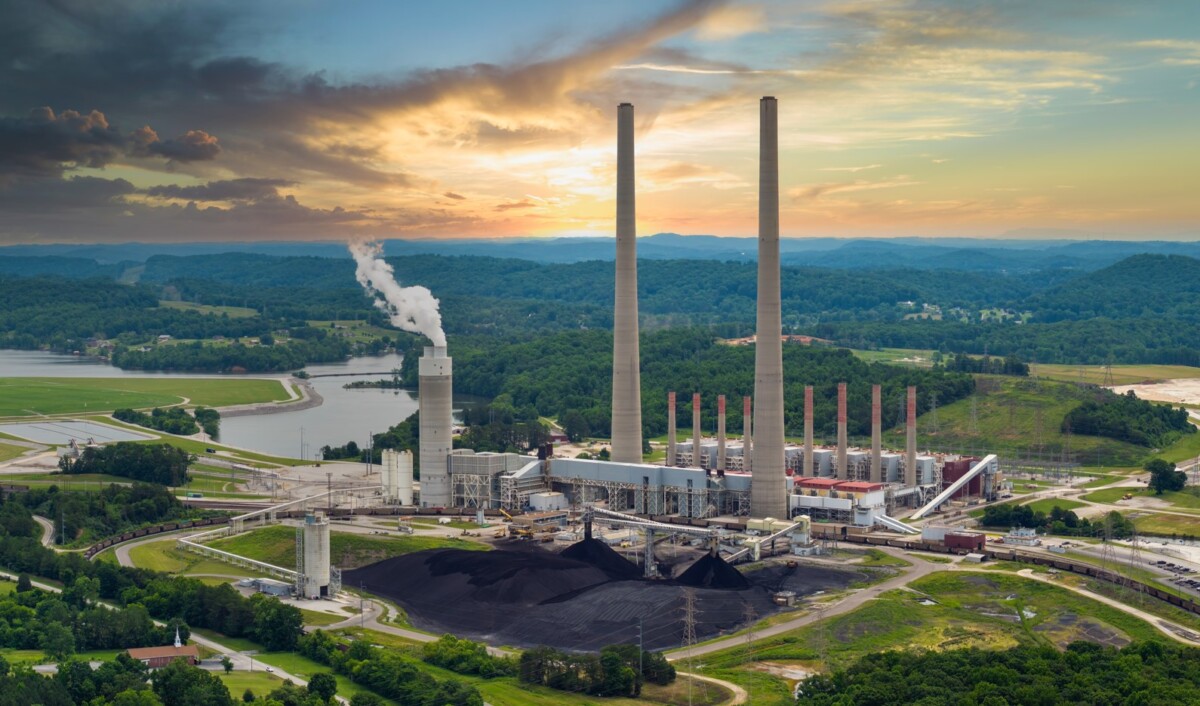
Tumultuous trade tensions and contentious legal challenges are shaping the future landscape of Australia’s mining industry.
China pushes for control over the Pilbara
In a grapple for pricing control, the world’s largest consumer of iron ore has temporarily banned purchases of iron ore from BHP (ASX: BHP).
The current dispute, while purely commercial, has broad implications for both countries’ economies.
Australian Prime Minister Anthony Albanese urged Beijing and BHP to resolve the issue over concerns as to the resounding impacts for both China and Australia.
“I want to see Australian iron ore be able to be exported into China without hindrance,” he said.
“That is important. It makes a major contribution to China’s economy, but also to Australia’s.”
Due to the strong domestic demand for steel, underpinned by rapid industrialisation and infrastructure growth, China remains the world’s largest steel producer and consumer. According to the Reserve Bank of Australia, favourable government policies, significant government investment and the relocation of global steel production to developing countries, like China, have contributed to the country’s market dominance.
As such a significant consumer, China has long been trying to control market fluctuations. In 2009, in talks with Beijing, BHP’s then chief executive Marius Kloppers, relinquished the fixed-price system in favour of fluctuating market pricing, with prices at the time slumping as low as $118/t [US$78/t].
Less than two years later however, China’s push backfired as pricing rebounded to $245/t [US$170/t], a major win for Australian producers. BHP had completely shifted the market dynamic and China was left to the whims of volatile pricing.
Following the height of the COVID-19 pandemic, iron ore prices reached astronomical highs of more than $300/t [US$220/t], and China was fraught with fears of continued inflation. In response, the Chinese Government established CMRG in 2022 to act as intermediary and centralise iron ore purchasing to improve China’s pricing power in the global market.
CMRG’s most recent intervention highlights the country’s distaste for market-led prices and preference for private contract negotiations.
Though Australia’s Pilbara miners have been pivotal to China’s rise to economic dominance, there is concern that Australia’s economy remains disproportionately reliant on China.
Australia’s iron ore export industry generates more than $100b annually, according to the Federal Industry, Science and Resources Department, and China remains Australia’s largest iron ore consumer. In 2023, China’s imports of Australian iron ore were valued at $108b [US$71.8b] according to Trading Economics.
However, with the global shift to green steel underway and China’s steel demand in decline, it remains uncertain who will shape the future of iron ore.
MinRes challenges rising $15m levy debt
Mineral Resources (ASX: MIN) has had a win in an ongoing legal battle disputing its $15m in port levies payable to the WA Government.
MinRes has been given access to the previously undisclosed agreement made between Pilbara Ports Authority (PPA) and oil and gas major Chevron, as reported by The Australian.
As of July 1, 2024, WA Government-owned PPA imposed a $.90/t shipping channel levy as well as a $.50/t cargo wharf levy at the Port of Ashburton — charges that MinRes is yet to pay.
The WA Government took legal action against MinRes in April this year over the unpaid levies, but the miner claimed the charges were invalid.
Chevron collaborated with the WA Government on the construction of the port at Ashburton in 2011, to support the development of its $50b Wheatstone Project, with the intentions of eventually handing over control of the port.
LNG exports commenced through the port in late 2017, marking the transfer of the channel and navigation areas to the PPA’s management before Chevron officially completed a handover of the port to the WA Government-run body.
The conditions of the handover remain undisclosed, reportedly a point of contention for MinRes that believes the levies are being paid to Chevron rather than the state.
The port is integral to MinRes’ $3b Onslow iron ore operations, which features a private haul road connecting the site directly to the Port of Ashburton. The project shipped its first cargo through the port in May 2024, with the Chevron-linked levies were introduced shortly after.
MinRes has invested $1.3b for the development of Port of Ashburton infrastructure, including development of the private haul road and the commissioning of a fleet of transhippers.
In FY25, MinRes shipped 14mt of iron ore from Onslow through the Port of Ashburton — resulting in about $15m in payments under the levy scheme. With operations at Onslow continuing to ramp up to its nameplate capacity of 35mtpa, MinRes could be looking at an eye-watering $50m bill each year just in port usage fees under the scheme.
According to The Australian, MinRes has since sought access through the WA Supreme Court to the confidential agreement made between the port authority and Chevron regarding use of the public shipping channel.
Development agreements involving state governments are usually made available to the public and the miner has made multiple formal requests to review the documents of the state agreement to determine the validity of the levies but was repeatedly denied — until now.
If MinRes is unsuccessful in its attempts to receive a fee waiver, the project could be up for a levy bill exceeding $1b over its operational life. Paired with the fluctuating global iron ore market, The Onslow project’s profitability is uncertain.
The do-it-all dilemma
In September, the Federal Government released a report that unveiled the apocalyptic future Australia could face under climate change.
The National Climate Risk Assessment (NCRA) report found that climate change, if unchecked, could cost the economy up to $423b and increase heat-related deaths across Australia by more than 400%.
The report was released just days after the Federal Government approved the North West Shelf extension — one of the world’s largest liquid natural gas export projects.
In September, the Federal Government also revealed its 2035 climate target, vowing to cut emissions by 62-70% by 2035. The pledge has been met with mixed responses.
Although the Federal Government has called the targets ‘ambitious but achievable,’ Minerals Council of Australia chief executive Tania Constable says meeting this ambition will be a formidable challenge.
“High energy prices are a significant pressure on industry and ensuring energy remains affordable and reliable is critical to meeting the emissions target,” she said.
According to the Australian Energy Regulator, average electricity pricing has continuously increased across all regions of the country while gas prices generally remained down.
In the face of the dual challenge of rising sustainability demands and inflating operational costs, the mining industry is walking a tightrope.
BHP chief executive Mike Henry warned that Australia’s high electricity costs could see the country lose out on big investment dollars to the likes of Canada and the US.
“We have to have stable, reliable and affordable energy on the path to net zero,” he said.
“The reality is right now Australia has electricity costs that are two to three times higher than countries that we are competing with and 50-100% higher than the US.”
Decarbonisation efforts are already being integrated across Australia’s mining operations, but the new target is expected to push widespread renewable energy adoption even harder.
CME policy and advocacy director Anita Logiudice says preserving the industries that have underpinned our economic success for generations must remain front of mind throughout the transition to net zero.
“Failing to protect our international competitiveness risks sending Australian industries abroad, costing thousands of jobs and opening the door to jurisdictions that have far lower environmental and safety standards than we do,” she said.
SACOME chief executive Nicola McFarlan says it is important that the government and industry collaboratively create an environment that enables Australia to remain globally competitive.
“There is no doubt that resilient and focused collaboration not only within the sector, but between industry and government has the potential to drive progress, unlock new value and shape the future of sustainable practices for the advancement of the sector,” she said.
These new targets will set the course for Australia’s energy transformation. Supportive policy reforms can give industry the certainty it needs to invest and innovate while ensuring the country can meet its climate commitments without compromising economic growth.
Clean Energy Council interim chief executive Brett Wickham say Australia has more than doubled the renewables in its energy system in less than a decade.
“We’ve done this before, and we can do it again,” he said.
“The technology is proven, the investment is lined up, and the projects are ready for approval. This is absolutely achievable, if we stay the course.”
Hydrogen hype: hazy or hopeful?
Climate change was a contentious point of discussion among world leaders who went head-to-head in New York from September 23 to 29.
At the United Nations General Assembly, US President Donald Trump labelled it as the ‘greatest con job ever perpetrated on the world’.
Following President Trump’s comments, Prime Minister Anthony Albanese took to the same stage with a vastly different view.
“Climate change is more than an environmental challenge, it is an existential threat,” he said.
“Clean energy can carry the world beyond the false choice between economic growth and environmental responsibility.”
The assembly coincided with the world’s largest climate event — Climate Week NYC.
Speaking at a Climate Week NYC event, Fortescue founder Dr Andrew Forrest says he feels real pain at President Trump’s comments.
“There’s real damage being done to people’s lives all over the world by your president propagating a complete myth that global warming isn’t happening. That’s wrong, it’s utterly wrong,” he said.
“I just want to say to anyone in the US administration, if you’re finding my words offensive, if you want to sue me, I’ll give you my lawyer’s address.
“[If you] sue me, I’m going to put you in the witness box when you’re out of government.”
Despite this disparity, the green energy transition continues to gain momentum globally and Australia is embracing decarbonisation — releasing its 2035 reduction target as part of its Paris Agreement commitments in September.
“Australia is acting to meet the environmental challenge of climate change while working to seize and share the economic opportunities of renewable energy,” Prime Minister Albanese said.
But with all this talk, where is the action?
Even with the Federal Government’s defence of climate change, alternative energy sources once expected to play a significant role in decarbonisation are being left in the dust.
The Federal Government touted green hydrogen as a premier solution that would strip emissions from industrial processes, but scaling the industry has proven to be costly. Demand for green hydrogen has remained low as it is not a direct substitute for conventional fuels, requiring significant infrastructure overhaul.
Despite hydrogen tax credits from the Federal Government, estimated to reach $6.7b, there has been waning enthusiasm for eligible projects.
In 2021, Fortescue unveiled plans to produce 15mt of green hydrogen annually by 2030. However, in the newly-released third iteration of Fortescue’s climate transition plan, green hydrogen projects have been put on the backburner. This came after the company snowballed its green hydrogen projects, valued at more than $1b, in Queensland and the US in July.
The updated plan also shifts Fortescue’s goal of achieving real zero by FY30 to FY31.


